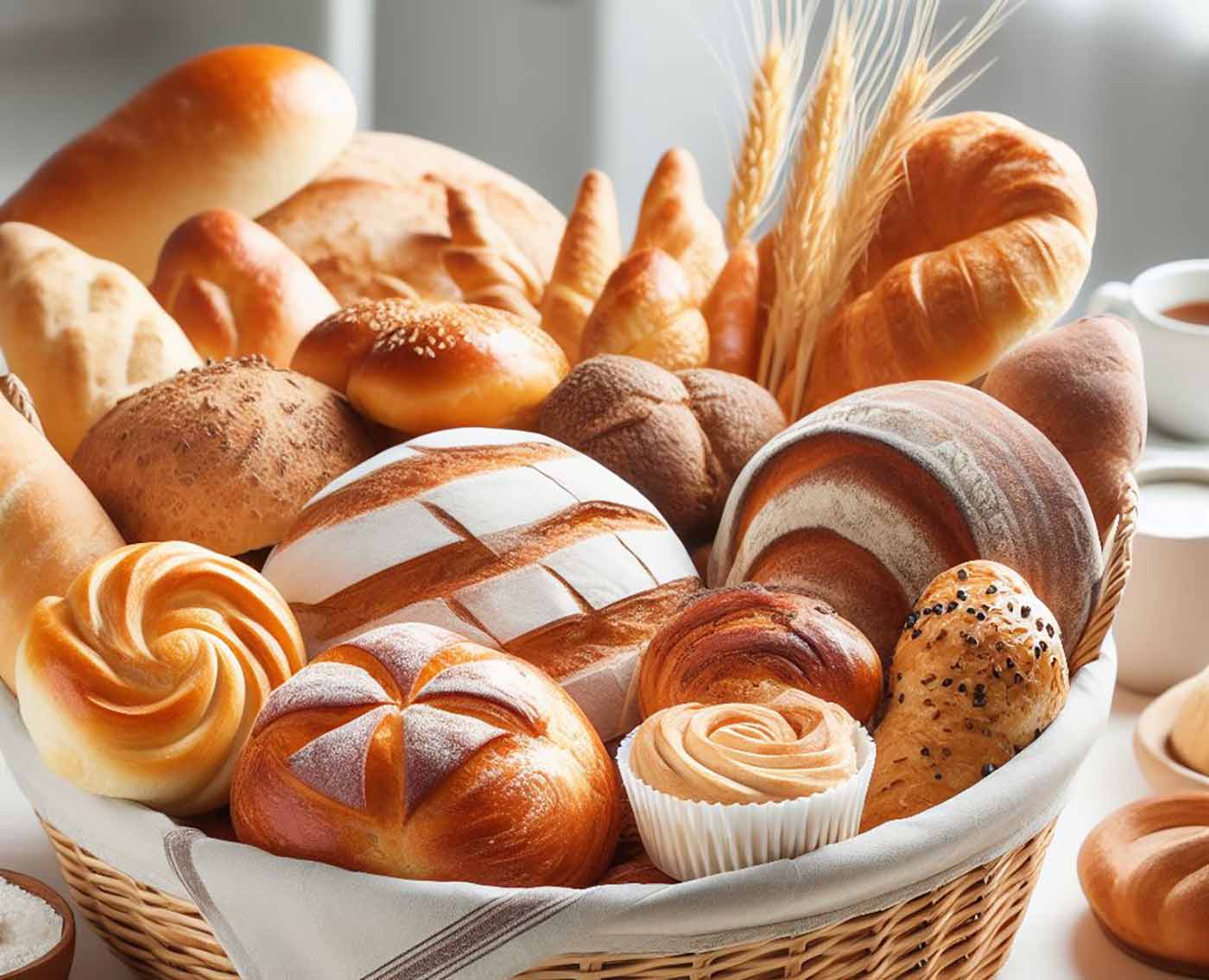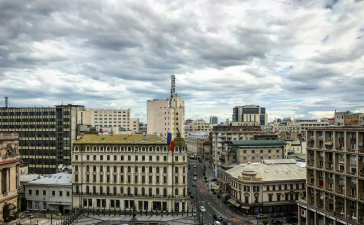One smell, a thousand endorphins
Pause for a second, and before you take a bite, grab the scent of freshly baked, warm, and crusty bread. For as long as I can remember myself, this sensation has been one of the biggest joys of my childhood, and the most relieving part of my day as an adult.
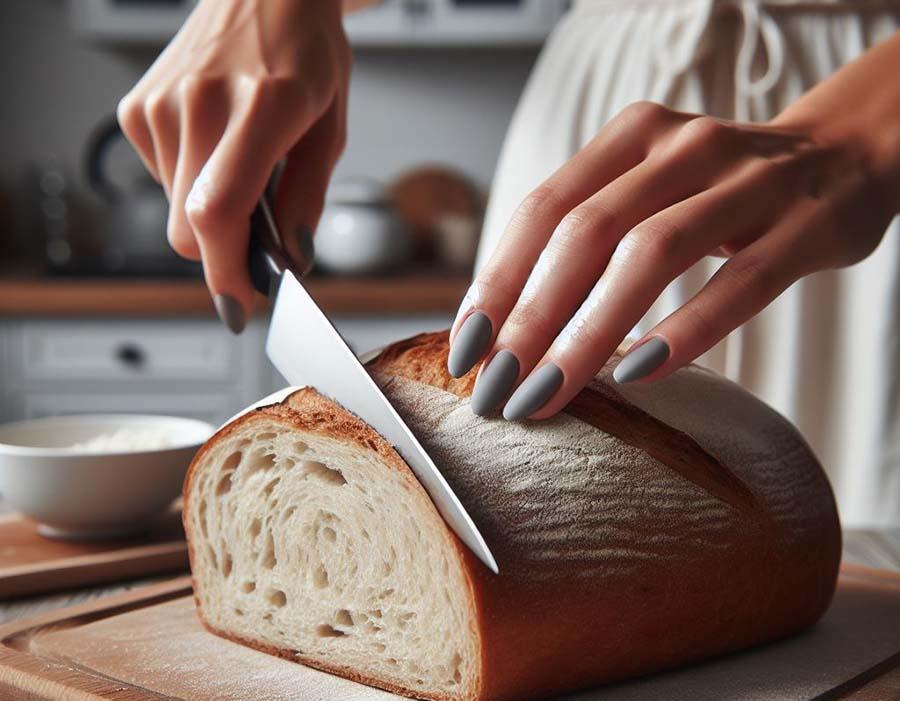
Bread, in general, is a vastly crucial attribute of multiple cultures’ cuisines, including most European countries, and quite fairly belongs to its own branch of gastronomical arts. How? Well, the invention of the industrial bakery revolutionized formerly used bread production mechanisms. This new technology allowed bakers to produce large quantities of bread in significantly less time than before. Industrial bakeries also confirmed the mass production of standardized loaves with uniform shapes and sizes. This led to the flourishing of many iconic breads such as the baguette, sourdough, and brioche. Later on, the industry presented a variety of bread types, such as whole wheat, rye, and multigrain.
This industrial shift eventually resulted in the resurgence of artisanal breads. These absolute queens of the baking game are made using traditional techniques and high-quality ingredients. They are usually hand-crafted with care, resulting in unique loaves with great flavor and texture. Many bakers today are focusing on producing artisanal loaves, as they are seen as a healthier alternative to mass-produced breads. Despite the rise of alternative bread baking, the essentials of this journey will forever remain untouched: selecting ingredients, scaling them, mixing the material, and shoving your masterpiece into the oven.
Talo (Talau)
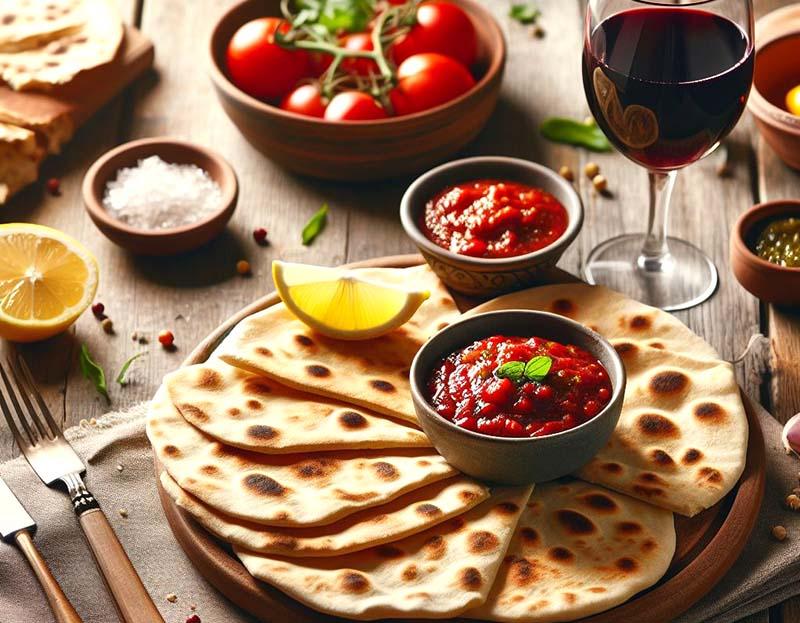
Talo being a traditional flatbread in Spain, is made with corn flour and water and is considered one of the most widely appreciated street foods in Basque. It is filled with txistorra sausage, although finding bacon-topped talo is not hard either, and you are also welcome to add cheese or chocolate. Initially, corn was only used to feed animals and was definitely not meant for human consumption. Eventually, in the 1600s, the economy took a huge downturn. Basque men were forced to leave their homes in search of new ways to provide for their wives and kids, paving the road for the Talo cornbread to slide into every local’s household.
Where to try: El Talo
Iruña de Oca/Álava, Basque Country
Focaccia Barese

This Apulian delicacy is most commonly prepared with a soft, yeasted dough that mixes semolina, wheat flour, and mashed potatoes. It should traditionally be topped with cherry tomatoes and Greek olives, but there are a number of recipes that occasionally employ other combinations of ingredients, such as a range of vegetables, coarse salt, or rosemary.
Where to try: Panificio Fiore Bari
Address: Str. Palazzo di Città, 38, 70122 Bari BA, Italy
Saldskabmaize
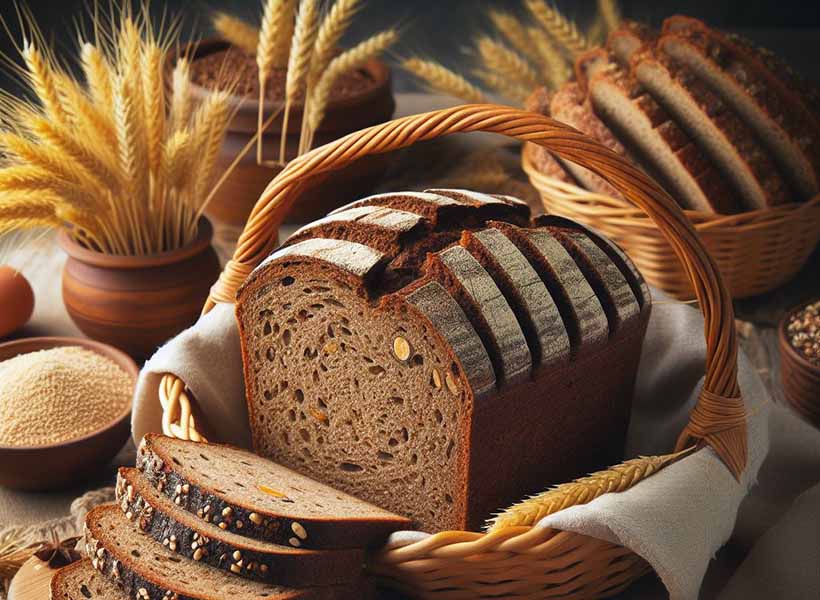
The term Saldskābmaize (Saldskābā maize) in Latvian translates to sweet and sour bread, and it is a reference to the traditional Latvian rye bread known for its distinguished dark color, dense texture, and unique flavor profile that balances both sweet and sour tastes. The combination of sweet and sour flavores is accomplished through a fermentation process that can take up to several days. The ingredients should usually include rye flour, water, sugar, salt, and alternatively malt. Saldskābmaize is often served with butter, cheese, or cold cuts and matches well with a variety of traditional Latvian dishes.
Baguette
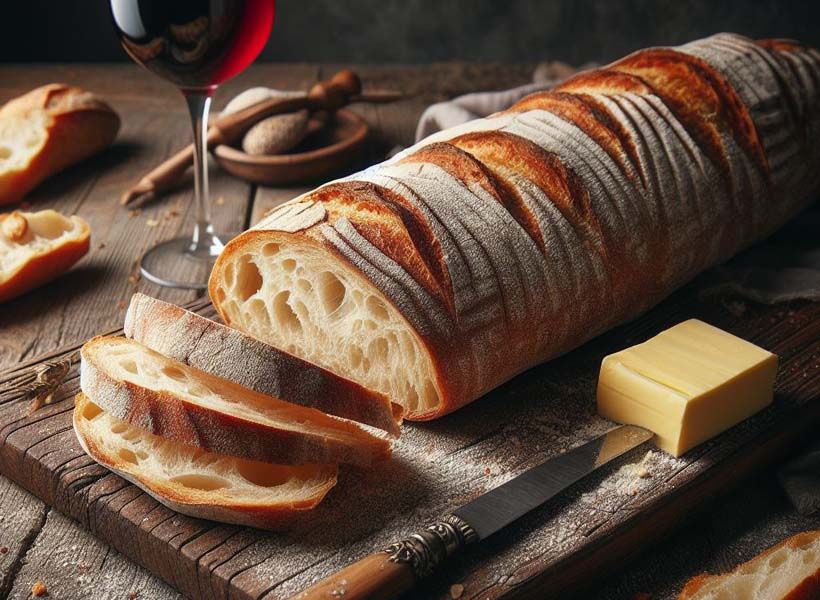
Being the most iconic image of France by a long shot, this lengthy, light, and airy bread with its characteristically crispy crust dates back to the 19th century, to the era where wheat and white breads were no longer an indicator of privilege. Baguettes were made even before the invention of their name.
Where to try: Du Pain et Des Idées
34 Rue Yves Toudic, 75010 Paris, France
Lavash
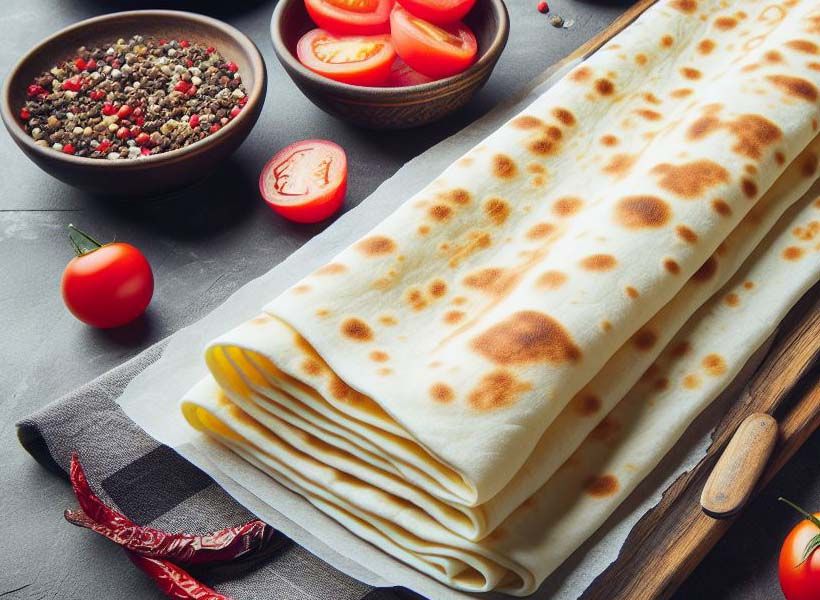
Lavash is a soft, paper-thin flatbread. Much like pita, this ancient flatbread is a beloved staple of Armenian and Middle Eastern cuisine that is easy to make at home with pantry ingredients you likely have on hand. The existence of mortars and hand mills among the ancient Armenians, Sumerians, Babylonians, Egyptians, Assyrians and Persians was a prerequisite for the invention of baked bread. Lavash has been an inseparable fragment of Armenian history with endless tales about traditional Armenian families showing distinguished respect to this bread and baking it in their own houses in underground ovens, which are still used for the baking of Lavash to this day.
Where to try: Taq Hats Bakery
38, 7 Mamikoniants St, Yerevan
Use Yerevan flights navigator’s information for your trip to Yerevan
Pampushka

The Ukranian Pampushki are small but delicious yeasted buns. They come both as sweet and savory versions. Their dough usually consists of milk, flour, eggs, sugar, butter, yeast, oil, and salt, and it is later shaped into small balls. The sweet version is often stuffed with ingredients such as fruit jam, berries, fresh fruit, or cottage cheese, while the savory ones have no filling, but are traditionally flavored with garlic sauce and served alongside borscht.
Where to try: Pervak
Rohnidynska St, 2, Kyiv, Ukraine
Bolo de caco

Bolo do Caco is a Portuguese recipe, from Madeira Island, for skillet breads made with sweet potatoes and wheat flour. It falls under the slightly salty category of breads, with light dough and a thin crust. It is consumed hot, with garlic butter, or used as bread for different types of sandwiches, such as hamburgers.
Bolo de caco is called “the Pearl of the Atlantic” or, quite rightly, “the Floating Garden”. The island of Madeira, an autonomous region of Portugal, is a tropical archipelago with a wonderful subtropical climate and breathtaking views, hence the nickname of this delicious bread.
Where to try: Funchal, Madeira, Portugal
Pita
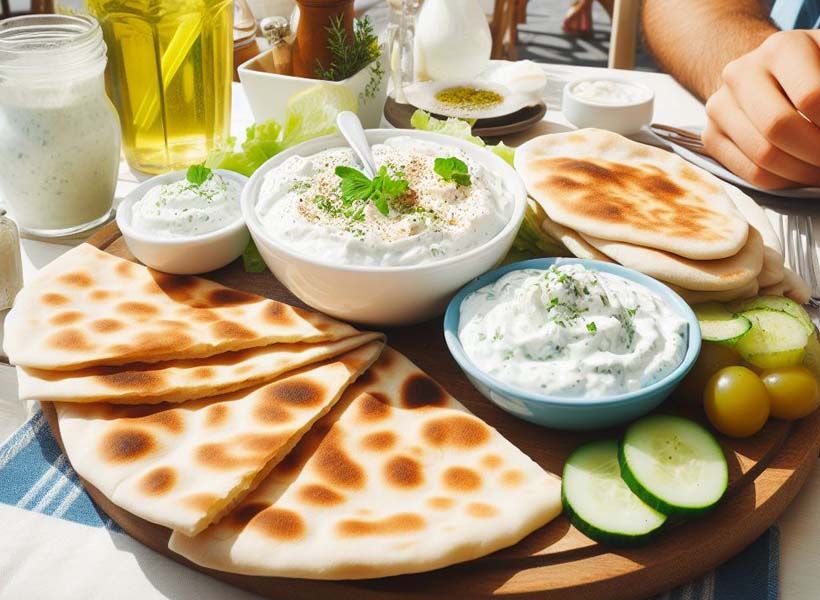
Pita bread is a type of flatbread believed to have originated in the Middle East around 2500 BCE, making it one of the oldest types of bread in the world. Nowadays, pita is vastly associated with Greece and the local food, ultimately because Greeks are its biggest consumers. This unique product is made with flour, water, milk, yogurt or other liquid and salt, where it is then tightly rolled into flattened dough. The thickness of pito breads varies from less than 1 millimeter to a few centimeters, so that they can be easily eaten without slicing.
Where to try: Pita Pan
Iofontos 33 – Caravel Sq. Pagrati, Athens Greece
Fly to Athens and compare hotel prices on the Athens hotels map
Zopf
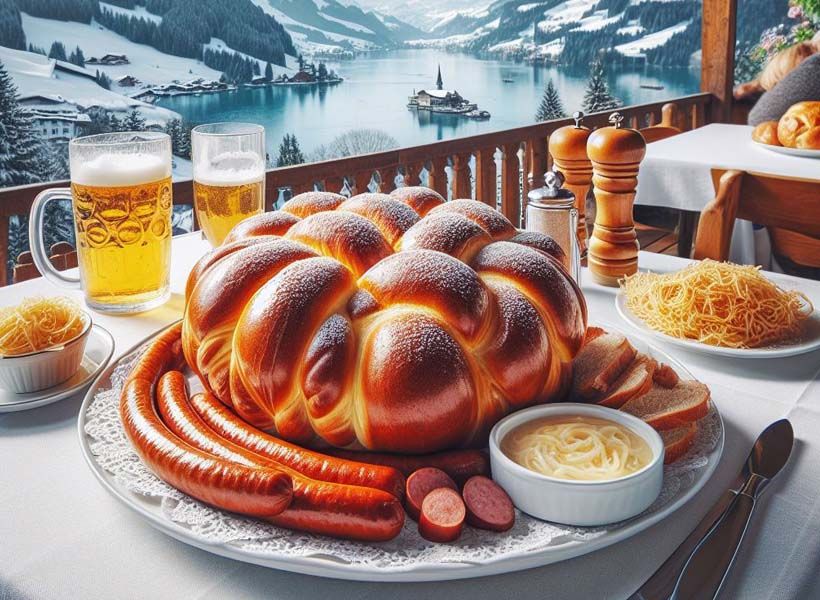
Zopf is a traditional Swiss bread with particularly jarring looks. A yeast plait like this one is not only a delicious specialty for Easter brunch, it basically goes well with every breakfast and tastes amazing fresh from the oven when it is still warm with butter and jam. If you don’t want to get up early in the morning to prepare the dough for the braid and let it rise, you can also make it the evening before and let it rise overnight
Where to try: Caredda
Josefstrasse 119, 8005 Zürich, Switzerland
Lángos

Lángos (Langoche) is a Hungarian specialty flatbread made by deep-frying a basic dough consisting of water, flour, yeast, sugar, and salt until it develops a golden-brown color. It is often served with garlic sauce, sour cream, cheese, or all these ingredients together. This flatbread is surprisingly considered to be fast food and is prepared in Hungary, Czech Republic, Slovakia, Serbia, Romania and Austria. Some sources say that the langoustine dish is part of Hungarian cuisine, while other sources attribute it to Roman origin.
Where to try: Drum Cafe
Dob Utca 2, Budapest, Hungary
Scan all flights to Budapest
Bayerische Breze
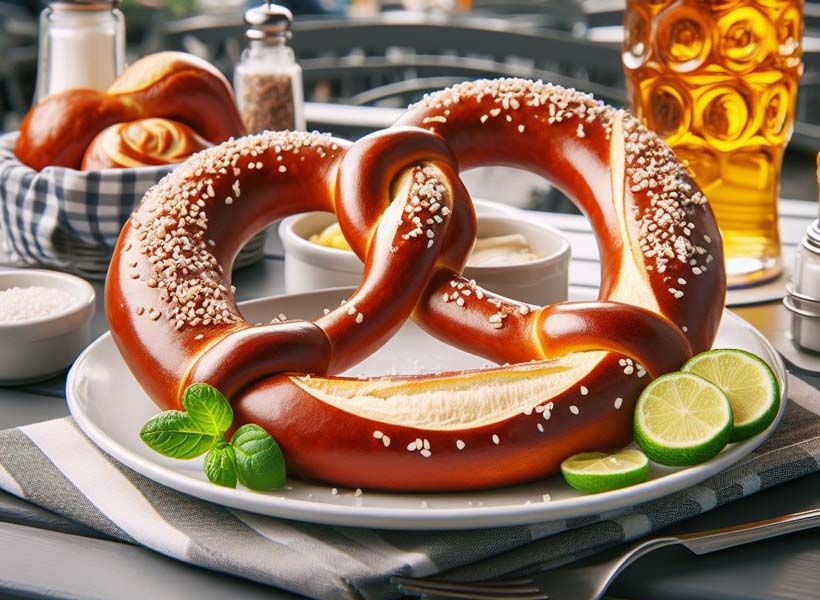
This traditional Bavarian pretzel is shaped to symbolize two arms folded for prayer, and they are available in different versions and sizes, usually topped with a sprinkling of coarse salt. Their crust is thin, dark brown, shiny, and has a cracked surface after baking. The dough, however, is juicy, tender, and light in color. As opposed to Swabian pretzels, Bavarian pretzels are thicker and not sliced lengthwise in the middle. Local differences can be recognized by their various forms.
Where to try: Hofbräuhaus München
Platzl 9, 80331 Munich, Germany
Tijgerbrood

Named after the tiger-like exterior of the bread when freshly baked, tijgerbrood is a Dutch bread with a sweet crunch, making it perfect for the preparation of various sandwiches. The tiger spots are developed by covering the dough with a combination of sesame oil, rice flour, sugar, and yeast. The bread is crispy on the outside, but soft and tender on the inside, which is the reason for its popularity in the Netherlands.
Where to try: Bbrood
Tweede Goudsbloemdwarsstraat 14-16, JZ Amsterdam, The Netherland
Irish Brown Bread
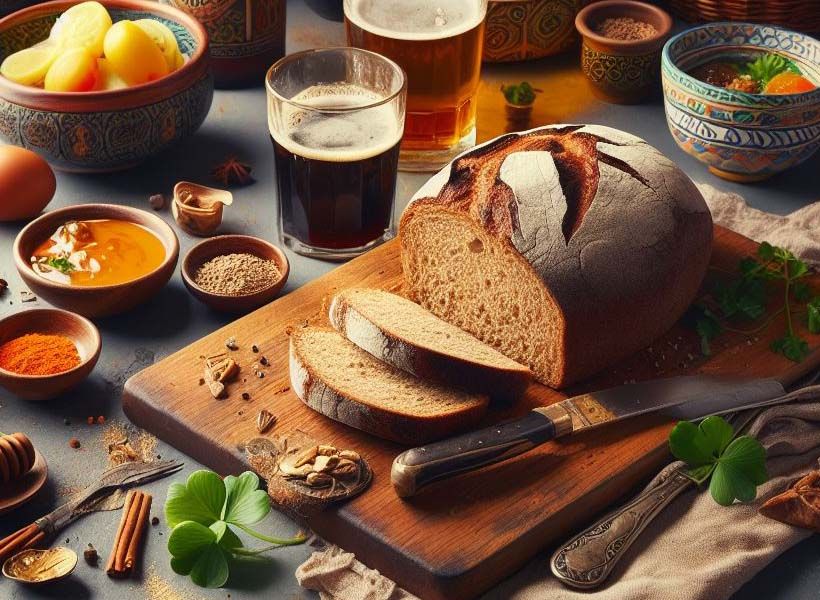
Irish brown bread is a variety of soda bread hailing from Ireland. It’s made with all-purpose flour, whole wheat flour, salt, baking soda, rolled oats, buttermilk (for flavor and moisture), and molasses (for caramelization and color). Once prepared, the dough is shaped into a ball which is pressed, and then decorated with a cross incision on top.
Where to try: Moran’s Oyster Cottage
The Weir, Roymore, Kilcolgan, County Galway, Ireland
Chleb prądnicki

Chleb prądnicki is a traditionally made brown bread produced within the administrative boundaries of the city of Krakow in Poland since the 15th century. It has a typical flavor and smell of bread made with fermented rye, and just like some cheeses, it develops its unique organoleptic properties after a period of maturation, its full flavor is best appreciated the second day after it has been baked.
Where to try: Piekarnia Aromat
Sienna 39, 00-119 Warsaw Towers, Warsaw, Poland
Plan your trip for few days in Warsaw
Cheap flights to Warsaw and tourist guide are also helpful for tourists
Kaisersemmel
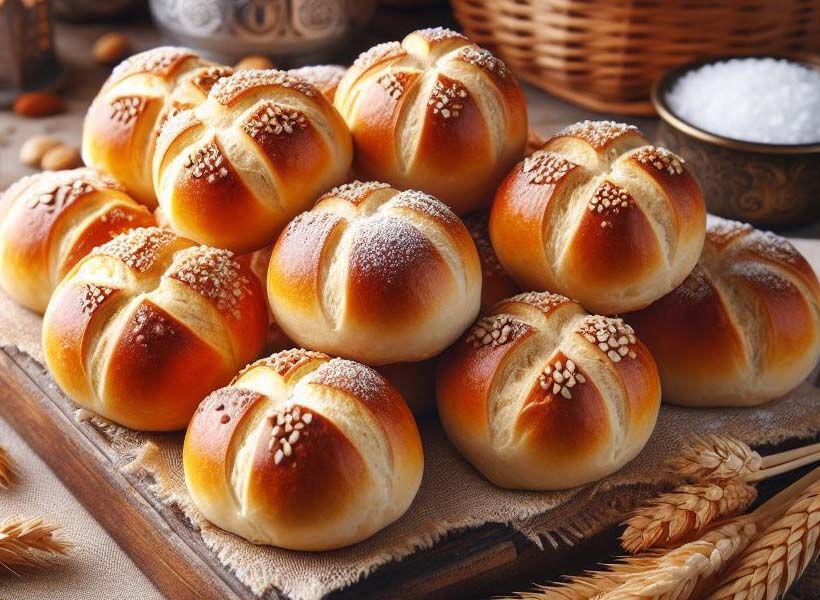
The Austrian Kaisersemmel (kaiser roll) is a perfect example of traditional bread rolls. It’s most commonly made with a combination of flour, yeast, salt, sugar, and sometimes butter. Once baked, the rolls should be crusty on the outside and fluffy on the inside. According to common belief, they were named after Emperor Franz Joseph I of Austria. Nowadays, kaiser rolls are often topped with sesame seeds, sunflower seeds, poppy seeds, or linseed.
Where to try: Bakery Cafe Felzl
Helferstorferstraße 2, 1010 Vienna, Austria
See Vienna quick bucket list
This guide will help you to save time for finding popular hotels in Vienna
After seeing all this, it will be hard to control your appetite. So we wish you bon appetit…



